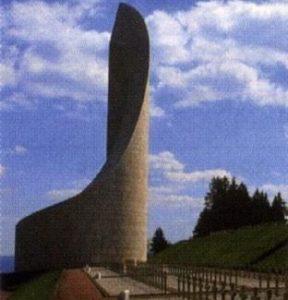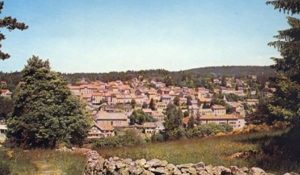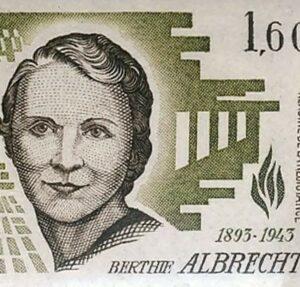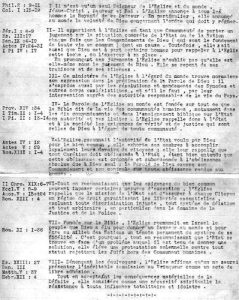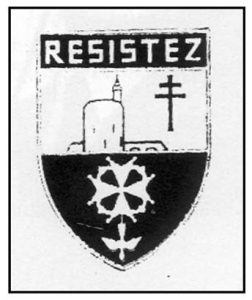Approval then rupture with the Vichy regime
The French Reformed Church (ERF) claimed « the need to support France during this war which has been imposed upon it ». After the collapse of the French army in June 1940, the Vichy regime seemed legitimate, and some themes of the National Revolution, such as that summed up in the motto « Work, Family, Country » were favourably received by some pastors for a while. In common with most of the French, the Protestant community was « field-marshalist » during the summer of 1940.
The rupture with the Vichy regime was triggered as early as the autumn of 1940, when antiseme laws were promulgated by the ruling authorities in March 1940. In the name of the ERF, the Rev. Marc Boegner wrote a letter of solidarity to the Grand Rabbi Isaïe Schwartz and an official letter of protest to Admiral Darlan, then vice-president of the government’s Council. The text of the « Pomeyrol theses » of September 1941 went further and proclaimed that the confessing church must resist « any totalitarian and idolatrous influence ». In August 1942, when Laval’s government ordered the deportation of a great many Jews after the police raids in July, the ERF strongly condemned the decision and also antisemitism. The Cimade played a key role in helping refugees and Jews.
Resistance in France and outside
It must be said that military resistance was no stronger than in the overall population, and there were no specific « protestant underground forces », except for some pockets of « refuge » or resistance in regions of a strongly protestant tradition, of which the village of Chambon sur Lignon in the Vivarais region is the symbol. It was mainly civil and spiritual resistance to the Vichy regime thanks to many « networks ». The various « study groups » set up by André Philip led to the creation in February 1943 of the « Comité Général d’Etudes » (General Studies Committee). It comprised many Protestants who reflected on the judicial, political and economical problems which would appear at the time of the Liberation.
Outside France the ratio of Protestants in the Forces Françaises Libres (Free French Forces) and in the circles around General de Gaulle was high. Several prominent figures played key roles, notably Franck Cristol and André Philip. The number of Protestants who died for France is difficult to establish, but is generally considered higher than the national average. Several Protestants were made Compagnons de la Libération (Liberation comrades). Many were deported to concentration camps in Germany.
The Liberation
At the time ofLiberationmany Protestants were part of the new administration, and faced with the excesses of the purge, many pastors and former agents of the Resistance intervened in favour of a less summary justice.
The attitudes of the Protestants during World War II were described by André Encrevé as follows, in his answer to a message sent to him by the national synod of the French Reformed Church dated 17 June 1945, in which he quoted General de Gaulle’s words that during the war « French Protestantism was able to keep a clear vision of the true interests and sacred duties of the home land. Such an attitude was congruent with the independent spirit, resistance to oppression, faithfulness to the flag, which nourish the tradition of your Churches ».



